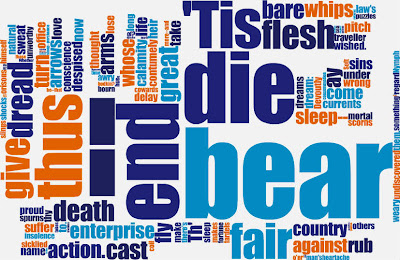When you work with people whom you respect and whom you like and you admire because they're so good at what they do, it doesn't feel like work... It's like you're playing.
Stan "The Man" Lee
As the Dalai Lama of the comic book world, Stan Lee knows a thing or two about story writing. His words of wisdom serve two purposes here. First, this quote illustrates (pun intended) how I often feel about my job working with teachers across our district. Secondly, I would be amiss if I didn't mention Stan Lee in some capacity on a blog post dealing with comics in the classroom. 'Nuff Said.
Comics are an excellent option for students to express themselves when writing. They can be an effective tool for motivating students who do not take interest in "normal" types of writing. Even for ESL students, comics can offer a method of storytelling that requires less text and is more manageable. They can communicate their ideas through both text and drawing. Read this article or this blog for more information about using comics in the classroom or find more helpful links here.
While there are a number of pay for use comic sites for education, here are a sampling of my favourite free options:
Official Super Hero Squad Show - options to create a comic strip or a comic book with Marvel characters. Very customizable and colourful. When you are finished, you can either print or download as a pdf file. ReadWriteThink - online comic creator with lesson plans for classroom inclusion. Simple to use and has an option to print when you're finished.
ReadWriteThink - online comic creator with lesson plans for classroom inclusion. Simple to use and has an option to print when you're finished.
Witty Comics - comic strip creator where students can customize backgrounds, characters, and add narration. You have the option to save online and print afterwards. Comics Master - graphic novel creator. Customizable page layouts, backgrounds and a number of characters to choose from. You can save and print your graphic novel.
Comics Master - graphic novel creator. Customizable page layouts, backgrounds and a number of characters to choose from. You can save and print your graphic novel. StripGenerator - comic strip creator that allows you to make customized frames as well as select from a number of characters and items. You can print your comic strip when finished.
StripGenerator - comic strip creator that allows you to make customized frames as well as select from a number of characters and items. You can print your comic strip when finished.
ToonDoo - Easy to use comic strip creator with tons of clip art. You also have the option of uploading pictures from your computer. Use Smart Notebook Screen Capture to save your pictures. To save your comics as picture files, watch this video.
To save your comics as picture files, watch this video.







